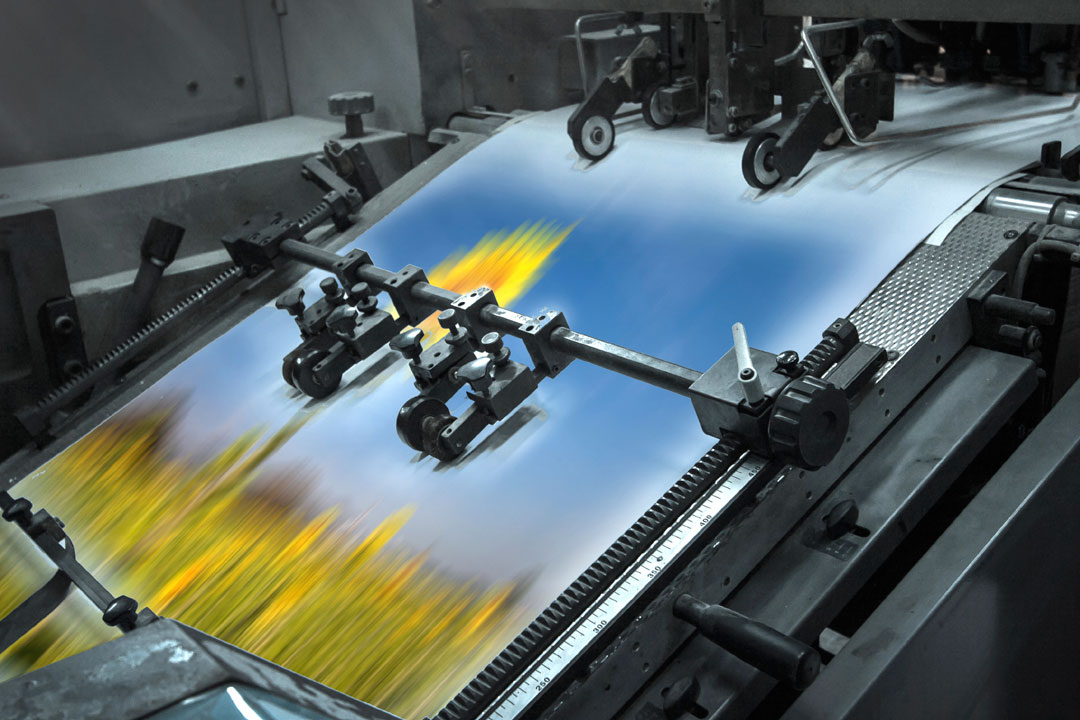6 easy ways to save money on your next print project
By Judy In Print MarketingCreating a print project can be an expensive business. Whether you’re creating a 2-sided flyer or a 50-page annual report, you want to maximize your dollars, but not skimp on quality or design. Here are a few simple rules you can follow that will result in a beautiful printed piece, and save you a lot of time, stress and money.
1 Get prepared before you start
This may seem obvious, but before you start, make sure you do your homework and get your information together. What’s your goal? What’s your budget? What are the primary copy points? How will you use it? You don’t need to pay your designer or marketing person to work through the basics of your project if you can provide a concise project definition at the beginning.
2 Use your experts
If you’re working with someone to create your project, make sure you’re using their expertise. Rather than telling the designer or printer what you want the end product to be, explain your goals. What are you trying to achieve? It could be that they have suggestions that could better fit your objective than your original idea. Paper, size, folds and binding all impact the cost of a print job. Creating the right solution for your goals makes the most effective use of your marketing dollars, so ask questions of your designer or printer.
3 Be organized
Whether you’re working with an agency or designer, or creating a brochure in-house, time is money. The best way to keep your cost down is to keep the project moving along smoothly.
- Provide finished copy if possible.
- If you’re providing images, label them clearly and make sure they have the resolution to be used as intended.
- Get all decision-makers involved from the beginning. A change in direction well into the development of a piece is an expensive waste of time.
- Gather all edits to drafts from everyone involved and deliver them in writing in as few rounds as possible. Multiple rounds of edits, or changes that dribble in from several sources is an enormous time suck and you will be charged for the extra time.
4 Choose the right size
Generally, standard size brochures (8 ½” x 11” or 5 ½” x 8 ½”) will be less expensive to print than custom sizes. But paper comes in different sheet sizes, and maximizing the use of the paper, with less waste, is not only environmentally friendly, it can keep the printing cost down. So ask your printer if your page size makes good use of the sheet.
5 Proof, proof proof!
Press edits are very expensive. But not as expensive as reprinting a job because of an error! The time to catch a mistake is before it goes to the printer. And get fresh eyeballs on it – ask someone not familiar with the project to proofread it. It’s human nature to see what we expect to see, and the worst people to proofread something are the people who wrote it or created it.
6 Print as much as you could possibly need
More can be less sometimes. Printing larger quantities brings down the unit cost, so think through the use and lifespan of the piece and make sure you print as much as you need. It costs less to print a larger quantity the first time than to print a smaller quantity twice.
The bottom line is, the more organized you are with your project, the more smoothly it will go, and the more money you will save. A little time spent preparing, talking with your designer and printer, choosing options wisely and proofreading can save you a lot of stress and expense, and result in a brochure that’s both beautiful and cost-effective.
If you’d like to learn more about how Wood & Company can help you make your next print project beautiful and cost-effective, please get in touch.

